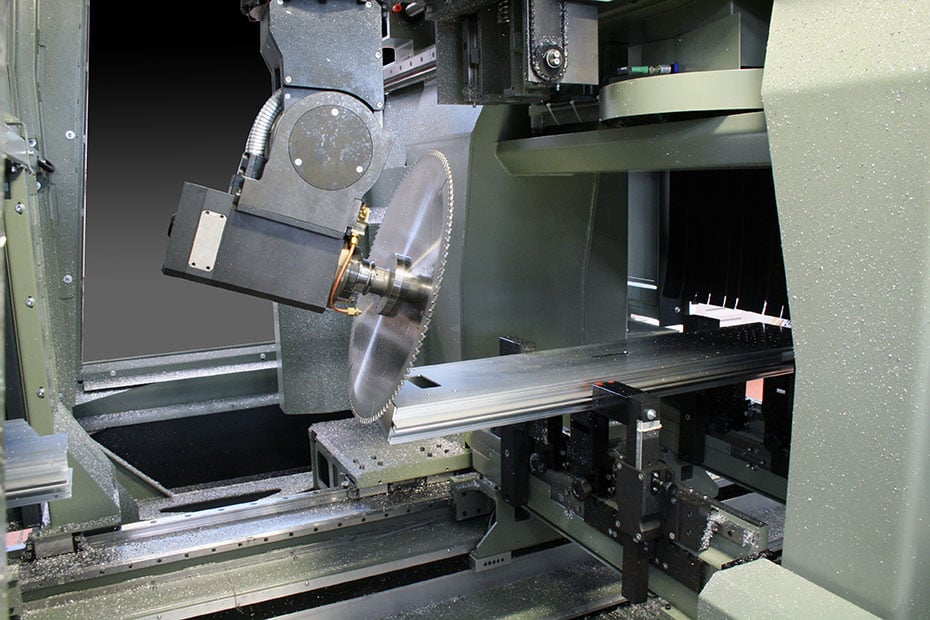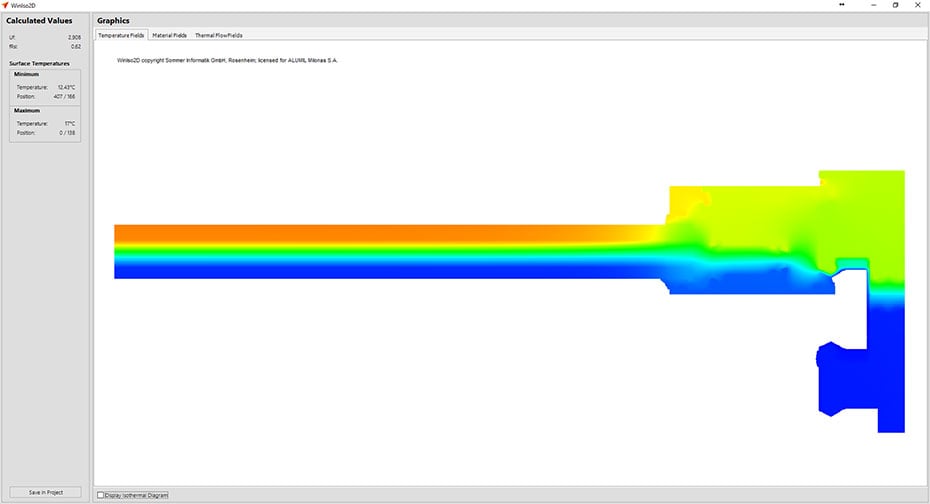The CNC module can be added to any AlumilCal® version to enable the user to transfer a CNC file to either CNC software or in some cases directly to the machine.
There is also a CNC with Cutting module-creating files for CNC machines with Cutting and CNC options.
AlumilCal® produces individual preps when certain actions such as drainage and assigning hardware are made when processing positions in AlumilCal®, which saves time to AlumilCal® users using the independent macros within the CNC machine. Users can use the standard preps created in the architectural system database, amend them for use or even create new preps themselves. All of these features are discussed in training when a user takes the CNC module.
AlumilCal® is programmed in such a way that it is very versatile to the make of a CNC machine within your business. You can see on our partner list, manufacturers such as Emmegi and Elumatec. We also link to Abakus, BJM, Camquix, Fom, Mecal, Rotox, Schucam as well as linking to software such as Unilink.
AlumilCal® is generally hosted on your network so setups can be made to generate CNC files and DXF data so your CNC software and machine can access them in your network.
AlumilCal® can view your machines CNC tool stock and automatically assign tools when you process a position and select hardware. This can be used to advise users of collision information or incorrect tools enabled in the machine that cannot perform the preps. Advisory information like this enables the user to control far more from within AlumilCal® so a fully ready CNC file is created.
Clamp orientations can be set up in AlumilCal® to work alongside the CNC tool file to advise the forced or suggested clamp orientations you require. AlumilCal® understands eight profile orientations; you control which is allowed and which you require as a default.
There are a host of other facilities within the CNC module to control needs such as preps rules, exceptions based on lengths, notch types, standard drill sizes and toggling preps on and off. Many more options are available, some directed by CNC machine type.
If you have any questions regarding the CNC module, please contact our office or email us using the contact details at the top of our website.




